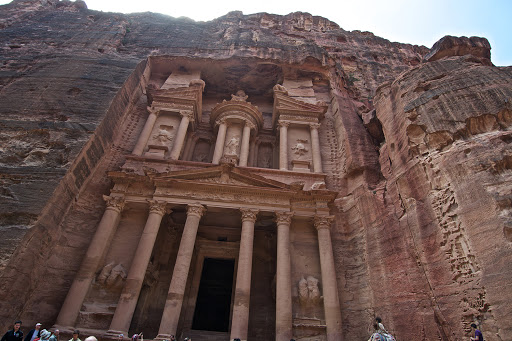Petra, the Rose-Red City
© Gabriele Nissim
Petra, the Rose-Red City. The warm colors of the land, the sinuous lines of the canyon and unexpected natural beauty of the city carved into the rock, make of Petra an almost enchanted place, suspended in the past.
© Gabriele Nissim
Reachable only on foot or horseback, after going through a long winding sandstone canyon through rocks, called Sik (or Siq). And having traveled almost a kilometer, you can see one of the most impressive archaeological locations in the world: Petra, the ancient capital of the Nabataean kingdom, in 1985 was declared a UNESCO World Heritage site.
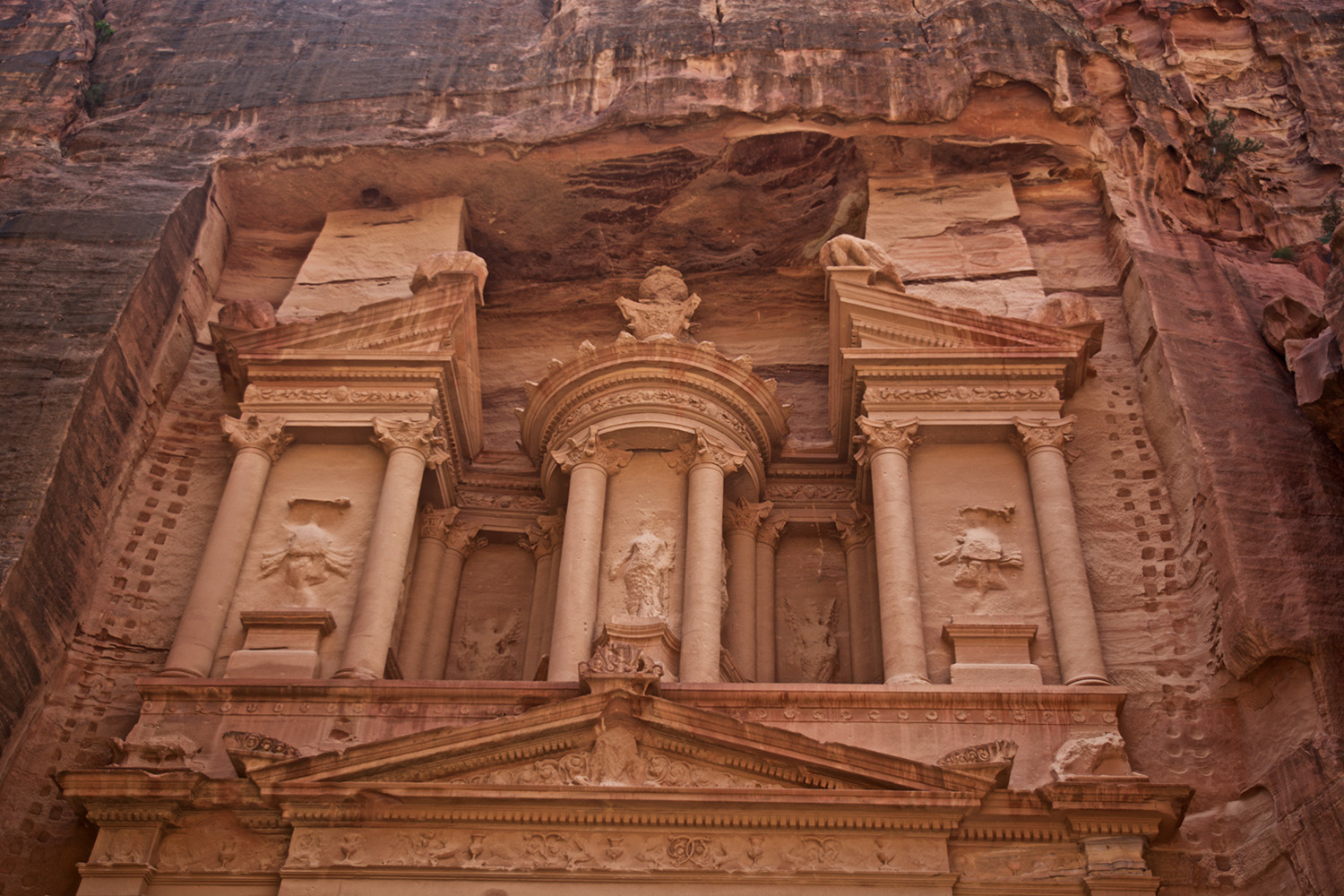
© Gabriele Nissim
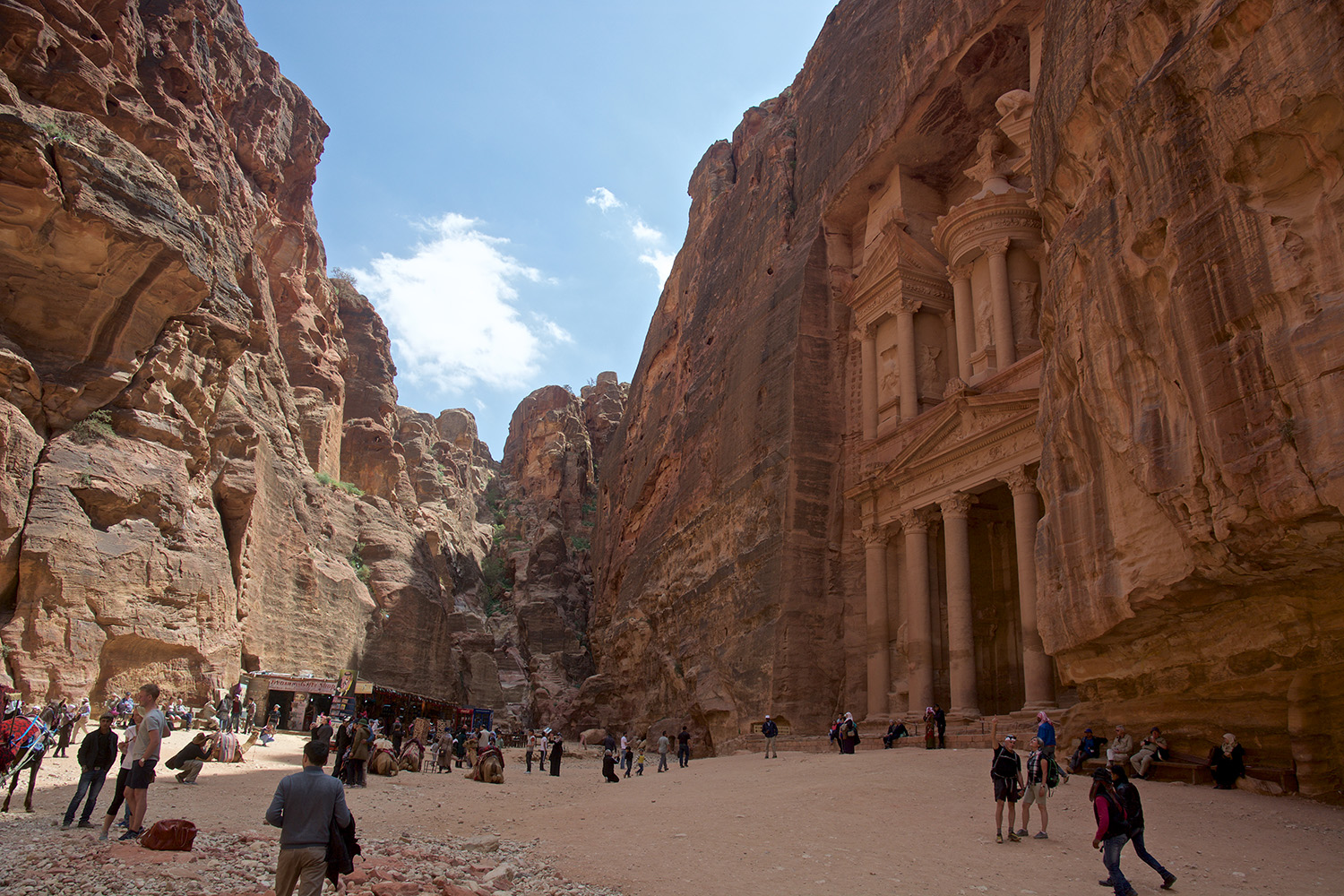
© Gabriele Nissim
Upon exiting the long hallway is the astonishing facade of Kazneh al-Faroun, or The Pharaoh’s Treasure (imaginary name of the place, invented by the Bedouins), a monument of the ancient city of Petra, 43 meters high by 30 meters width, excavated into the rock, was the tomb of a Nabatean king. Due of its location, at the entrance of the archaeological zone, it has become Petra's most famous monument, an example of the architectural originality of this town.
© Gabriele Nissim
Petra, also known as the Rose-Red City, for the countless shades that enliven the rock, is undoubtedly one of the most fascinating places in the world. However, the discovery of their existence is modern, dating back to 1812. There are many legends that are told about Petra, but according to archaeologists, another city would existed underneath the visible one, hidden now by sand, but also magnificent.
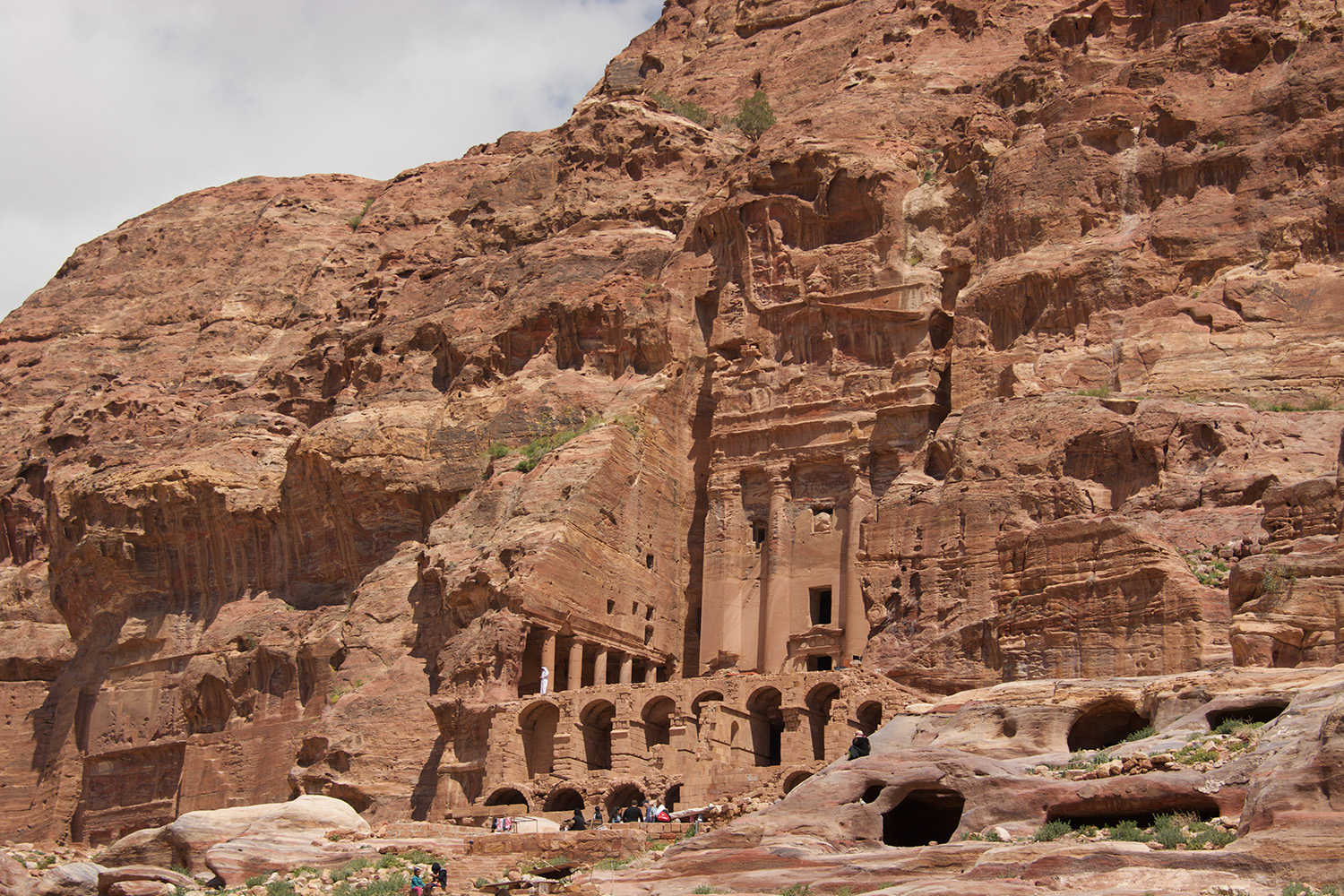
© Gabriele Nissim
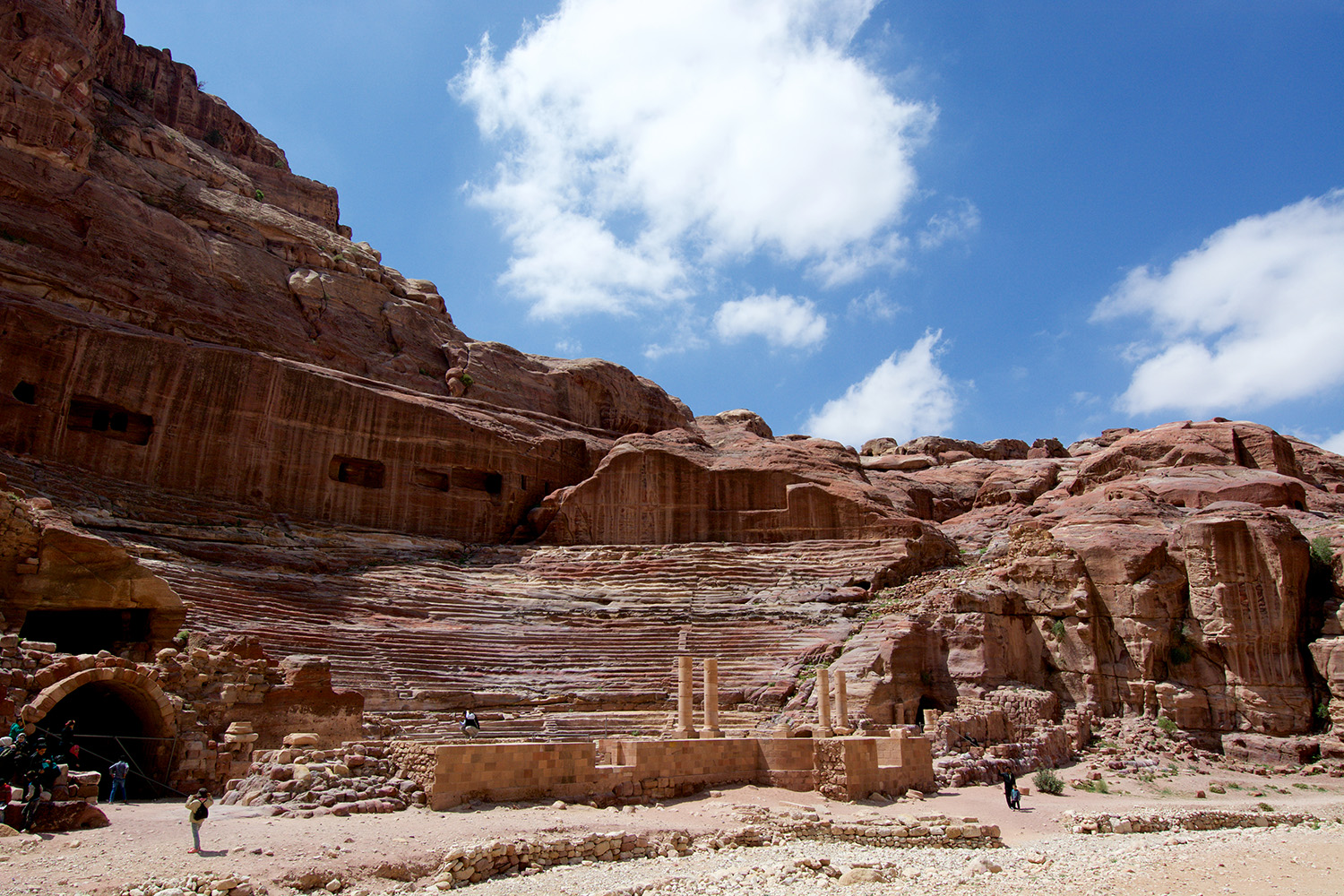
© Gabriele Nissim
The city has more than 800 monuments, of which 500 are tombs. A wide portion of Petra is occupied by the amphitheater, which has been also carved from the sandstone, and could accommodate almost 8,000 people. The site was abandoned in the eighth century due to the trade deficit and natural disasters. But even the old cavities sheltered Bedouin families few years ago, the site remained forgotten until recently.
© Gabriele Nissim
Petra is an archaeological site in Jordan, located about 250 km south of the capital Amman. It is Halfway between the Gulf of Aqaba and the Dead Sea, at an altitude between 800 and 1,396 meters above sea level (the urban area is about 900 m.), in the mountainous region of Edom, at the east of Wadi Araba.
© Gabriele Nissim
